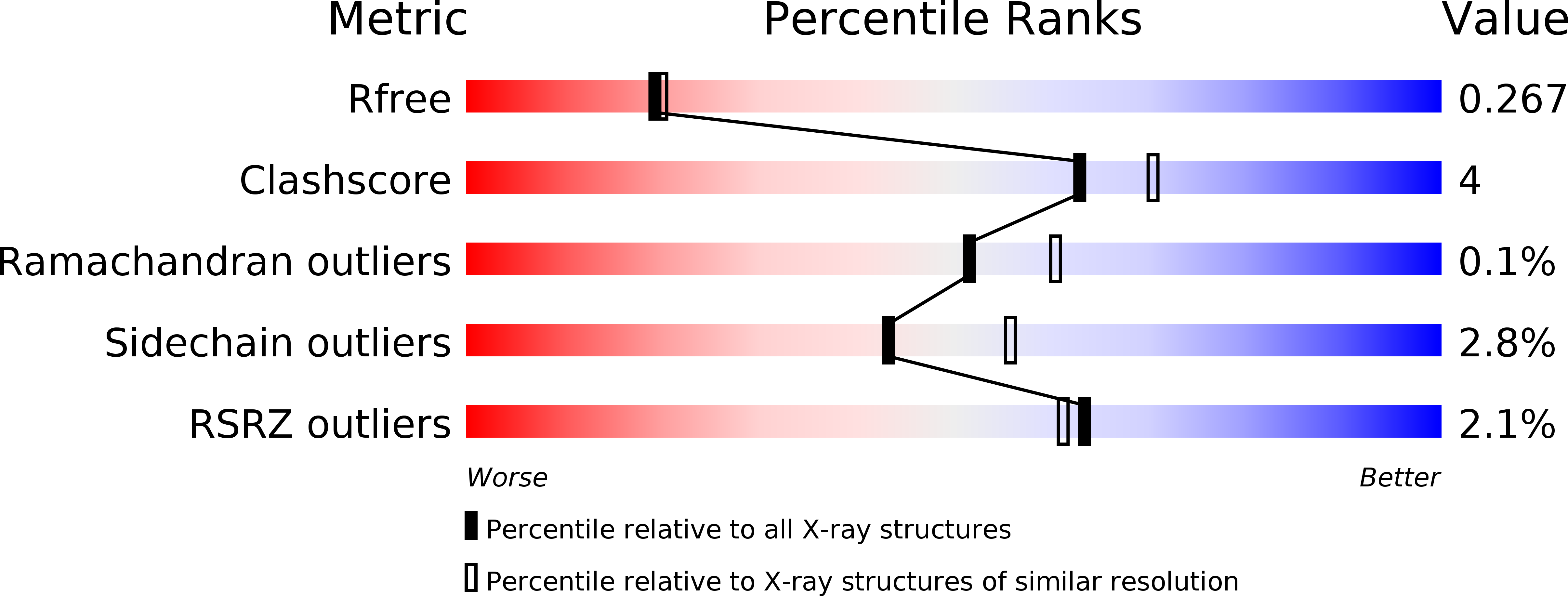
Deposition Date
2014-08-19
Release Date
2015-04-15
Last Version Date
2023-09-20
Entry Detail
PDB ID:
4R4U
Keywords:
Title:
Crystal structure of acyl-CoA thioesterase tesB from Yersinia pestis in complex with coenzyme A
Biological Source:
Source Organism:
Yersinia pestis (Taxon ID: 632)
Host Organism:
Method Details:
Experimental Method:
Resolution:
2.20 Å
R-Value Free:
0.26
R-Value Work:
0.20
R-Value Observed:
0.20
Space Group:
P 1 21 1


